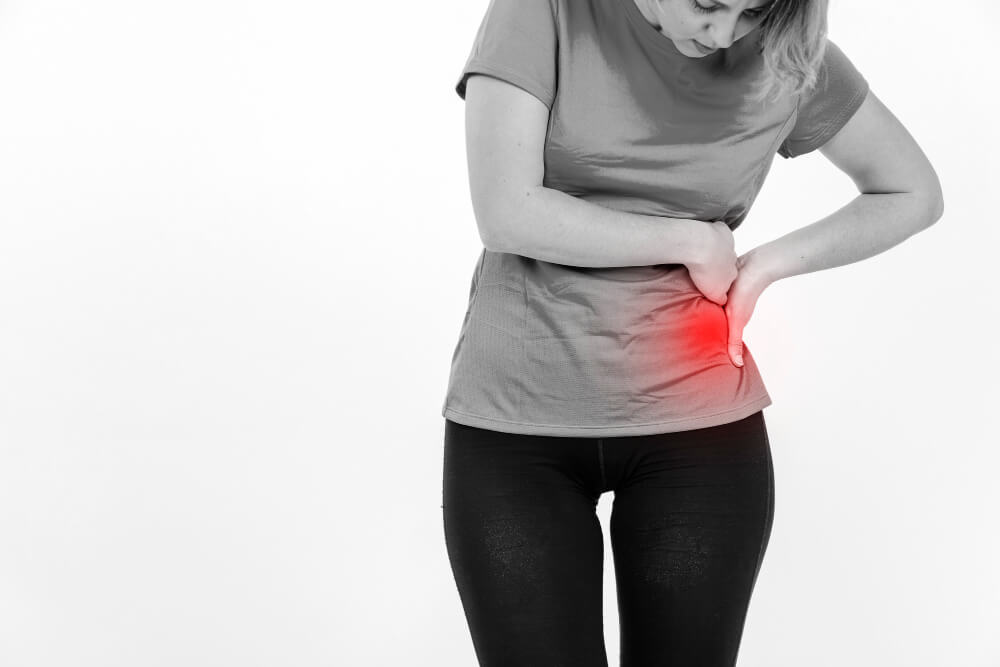Hip Pain: Understanding and Managing the Discomfort
Hip pain is a prevalent health issue that can range from mild discomfort to debilitating pain, interfering with activities of daily living. Understanding the underlying causes of hip pain, seeking appropriate diagnosis, and implementing effective management strategies are essential for alleviating symptoms and improving quality of life.
Common Causes of Hip Pain
Several factors can contribute to hip pain:
- Arthritis Degenerative changes in the hip joint, such as osteoarthritis or rheumatoid arthritis.
- Hip Bursitis Inflammation of the bursa, a fluid-filled sac that cushions the hip joint.
- Tendinitis Inflammation of tendons in the hip region.
- Labral Tear Tears in the cartilage that lines the hip joint.
- Hip Fracture A break in the hip bone, often caused by falls.
- Other Conditions Medical conditions such as sciatica, piriformis syndrome, or hip dysplasia.
Symptoms of Hip Pain
Hip pain can manifest in various ways:
- Aching or Throbbing Pain: Pain in the hip, groin, or thigh.
- Stiffness: Limited range of motion in the hip joint.
- Swelling: Inflammation and swelling around the hip.
- Weakness: Difficulty walking, climbing stairs, or squatting.
- Limping: An abnormal gait due to pain or stiffness.
Diagnosing Hip Pain
Accurate diagnosis is crucial for effective treatment:
- Medical History A detailed review of symptoms, onset, and any previous injuries.
- Physical Examination Assessing hip movement, range of motion, and muscle strength.
- Imaging Studies X-rays, MRI, or CT scans to identify underlying structural issues.
Treatment for Hip Pain

Treatment options for hip pain vary depending on the underlying cause and severity:
- Non-Surgical Treatments Rest, ice, compression, elevation (RICE), physical therapy, medications, and injections.
- Surgical Treatments Hip arthroscopy, hip joint replacement, or other surgical procedures.
Preventive Measures for Hip Pain
Adopting preventive measures can help reduce the risk of hip pain:
- Healthy Weight: Maintaining a healthy weight to reduce stress on the hip joints.
- Regular Exercise: Strengthening hip and leg muscles to improve stability.
- Good Posture: Avoiding activities that put excessive strain on the hips.
- Stretching: Regular stretching to maintain flexibility and range of motion.
Hip pain can significantly impact daily life, but effective management strategies are available. By understanding the potential causes, seeking appropriate diagnosis, and implementing a combination of treatments, individuals can find relief and improve their overall well-being. It’s essential to consult with an orthopedic doctor for personalized guidance and to address any underlying conditions contributing to hip pain. Remember, prevention is key, so incorporating regular exercise, maintaining a healthy weight, and practicing good posture can help reduce the risk of developing hip pain.


